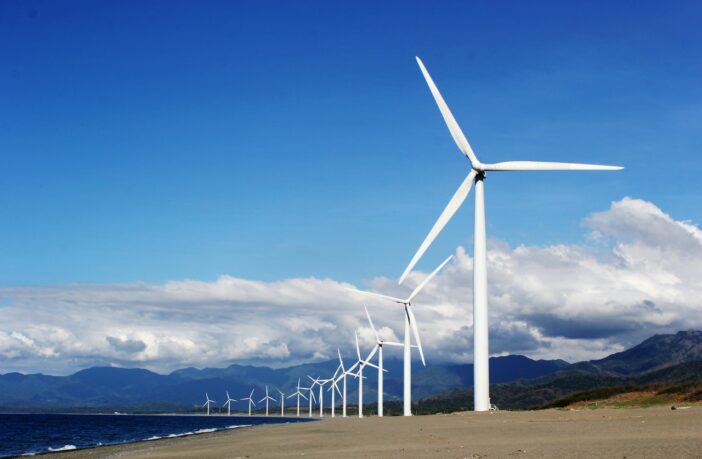While Britons were enjoying an occasionally sunny bank holiday on Monday, the national electricity grid was posting a new record. At around lunchtime, the carbon intensity of electricity fell to just 39 grams of CO2, the lowest level it has ever been. From a carbon generating perspective, this was the UK’s greenest day ever.
The weather may have indeed had an impact as the sunny spells, coupled with windy conditions, increased the use of both wind and solar power. At the same time power demand traditionally dips on bank holidays all of which combined to drive down the carbon intensity
Figures from the national grid show that at 1pm on Easter Monday power generated from onshore and offshore wind made up 39 percent of Britain’s electricity mix, solar was 21 percent with nuclear delivering 16 percent. This meant that only 20 percent of the power came from high carbon sources like oil and gas.
“This latest record is another example of how the grid continues to transform at an astonishing rate as we move away from fossil fuel generation and harness the growth of renewable power sources,” said Fintan Slye, National Grid Electricity System Operator’s director.
“It’s an exciting time, and the progress we’re seeing with these records underlines the significant strides we’re taking towards our ambition of being able to operate the system carbon-free by 2025.”
The way in which the UK harnesses power has changed over recent years, It is now a fairly regular occurrence for more than half of the grid’s electricity to be supplied by wind, while last year the country went 55 days without relying on coal for power in the summer of 2020.
Overall in 2020 renewable energy contributed 42.9% which was ahead of fossil fuel, which contributed 38.5% of generation.
Photo by Kervin Edward Lara from Pexels




